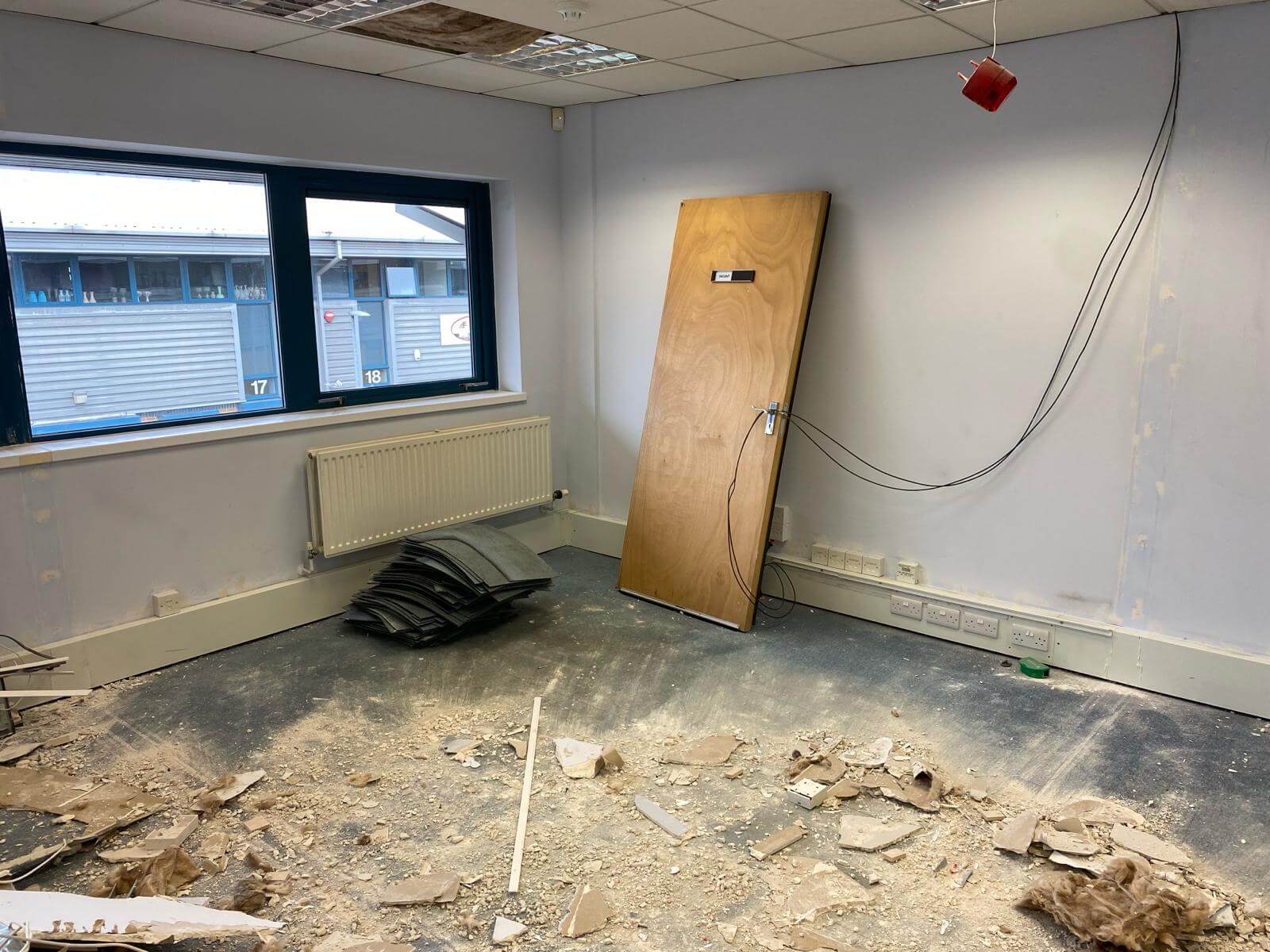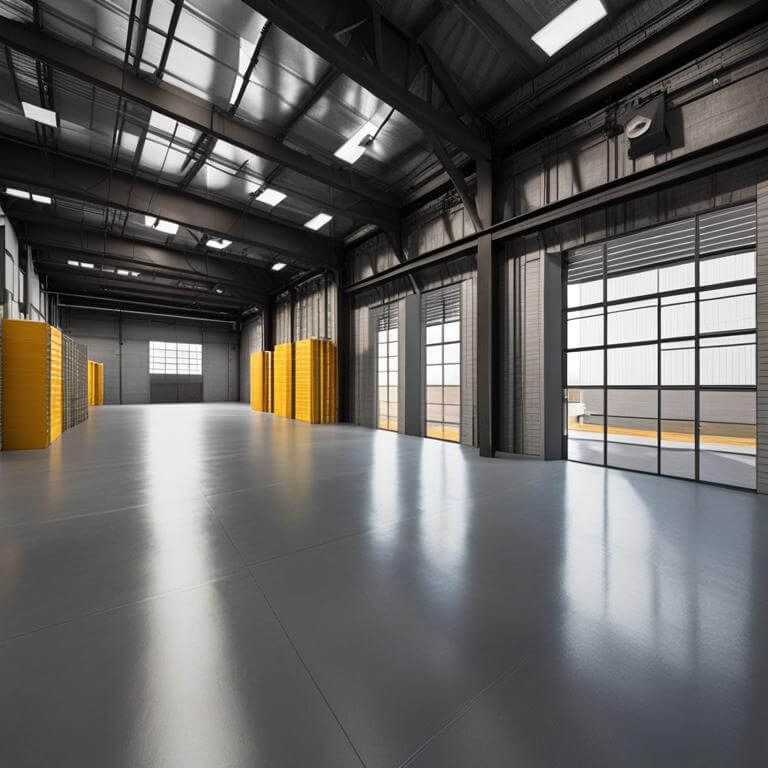<
Warehouse Strip Out Process
Planning
At CDL we believe the key to a successful warehouse strip-out is thorough planning. Every aspect is crucial, from evaluating the warehouse's scale and construction materials to anticipating waste volume and project duration. A well-planned approach will identify potential hazards and implement appropriate safeguards. Importantly, liaising with local authorities is essential to ensure compliance with regulations on waste disposal and industrial activities. Meticulous planning is the foundation for an efficient and safe warehouse strip-out.
Assessing the Current State of the Warehouse
Before stripping out a warehouse, it's crucial to thoroughly assess its current state. Start by evaluating the structural stability of the building and identify any materials that require specialized attention, such as asbestos. Recognizing potential risk areas upfront is vital to avoid problems down the line.
Additionally, take inventory of the warehouse contents. Some items may be suitable for repurposing, reselling, or recycling, contributing to a more sustainable project. A careful assessment will set the stage for a smooth and efficient strip-out process, preventing unwelcome surprises.
Implementing Safety Measures
Prioritizing safety is essential in any industrial endeavor. This requires providing all individuals with appropriate personal protective equipment, such as hard hats, safety goggles, high-visibility clothing, and steel-toed boots. Additionally, it's crucial to establish clear evacuation pathways and ensure everyone is well-versed in emergency protocols. Safeguarding everyone's safety involves not only the right equipment but also cultivating a culture of safety consciousness and preparedness throughout all phases of the strip-out process.
Undertaking the actual Strip Out
Begin the strip-out process once safety measures are in place and a comprehensive plan is developed. Systematically remove all fixtures, fittings, and internal walls, and clear out any unwanted items. Adopt a methodical approach, starting from the highest point of the warehouse and working downwards. This strategy ensures risks are minimized and the progress is controlled and efficient.
Ensuring Proper Disposal of Waste
Effective waste management is crucial during a strip out process. Significant amounts of waste are generated, which must be handled responsibly. This involves carefully separating recyclable and non-recyclable materials and arranging their transport to designated waste sites. Additionally, some waste may be classified as hazardous, requiring specialized disposal methods. Handling waste properly ensures compliance with regulations and promotes a more sustainable industrial environment.
Prepare for the New Warehouse Design
With the warehouse stripped bare, you now have a blank canvas to work with, full of possibilities for its exciting new purpose. The preparatory work is crucial, which may involve leveling the floor, treating surfaces, and installing new utilities. No matter the specifics of your design, diligent groundwork is essential to ensure the best outcome. This phase can be as transformative as the initial strip-out, setting the stage for a bright new chapter in the life of your warehouse. The metamorphosis is almost complete, and the countdown to unveiling your refreshed, revitalized industrial space has begun.



